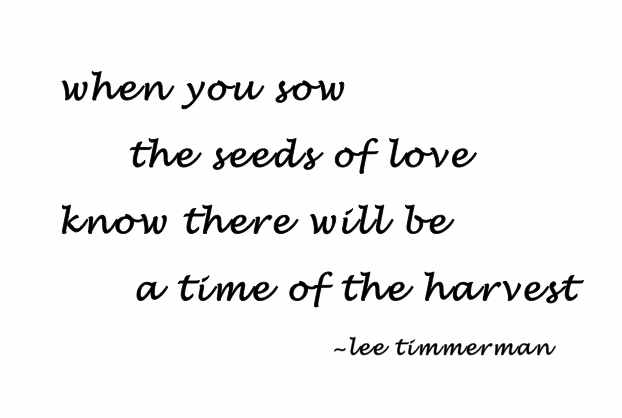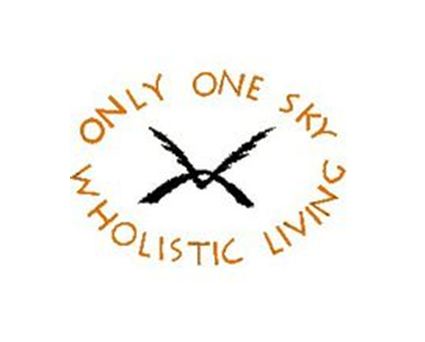PRANAYAMA
This brings us to pranayama. Prana is the life force, and yama is the control. We need these to accomplish both our spiritual desires and material desires. When we took an incarnation we also had a material desire. Concentration helps us to focus in order to fulfill our desire. Power helps us to accomplish our desires, thereby allowing us to live in a state of harmony with our Soul. It allows us to have an open heart, an open mind, to be in communion with our Divine nature, or God. This is truly what it means when it is said that the heart or heart chakra is the gateway between the material world and the Spirit or Divine world. It allows us to flow freely in fulfilling our material desires and our spiritual desires or Soul’s purpose for manifestation.
Power is necessary. Pranayama is taking control or understanding prana, and is a very important step in our self-awareness. The yogis say that if you know prana, you know God. Prana becomes another name for life force or the Christ/Krishna Consciousness. To work on pranayama, controlling prana, is a necessary step to accomplishing our material and spiritual goals. This is why the yoga traditions have pranayama as a necessary step. In the Eightfold Path,[1] first there are the yamas, niyamas, asanas, and then pranayama. We then withdraw our attention from the external to focus our attention on our goals. Then we come to concentration, then meditation, then samadhi.
We need to understand that pranayama, or controlling the life force, benefits us in every aspect of our life–materially, spiritually, on the inward journey, and on the outward journey. In order to touch and perfect both the inner life and the outer life, we need control and focus, and the knowledge of how to control and focus the life force, prana. This brings us to the pranayama techniques.
The pranayama techniques are not just breath techniques or exercises. The pranayama techniques help us focus on bringing in more prana (life force) and power. We get prana directly through oxygen, water, and foods that are exposed to sunlight. More importantly, we draw it through the medulla oblongata, which is the point where the skull meets the spine. The prana comes in through the medulla on the exhalation and retention. By retention, I do not mean holding our breath. Retention is a natural pause between inhalation and exhalation, between exhalation and inhalation. We take a slow deep inhalation, and have a slow even exhalation. On the slow exhalation we are drawing more prana in directly through the medulla. Then we allow an even pause. We aren’t holding our breath, or having a broken breath. We make it even and uniform, which allows us to recharge and revitalize the atoms and cells of our body.
We do pranayama exercises to revitalize our pranic channels: the ida, pingala, and sushumna. Where the ida, pingala and sushumna meet in the cerebral spinal system is what is called chakras. By revitalizing or recharging with more power or prana, we lead the energy from the base of the spine to the crown. This allows the sushumna to flow, which allows for the awakening of the kundalini, which allows for even more prana to flow. We do pranayama to attain power and energy for the purpose of accomplishing or attaining our goals. It helps with accomplishing the outer goals and also with accomplishing our inner goals. Pranayama also helps in attaining awareness of the Divine Will, the Soul is an expression of God, which has been sent out like a cosmic wave, sent to fulfill some purpose that God has for us. This is why it is important to be in harmony with our Soul, so that no matter what stage we are at in our development, we are still in harmony with the Divine Will. We practice the pranayama techniques, which in turn helps to attain diaphragmatic breathing, which brings more power to help accomplish our goals.
We start with proper diaphragmatic breathing. We should understand that the average rate of breathing is 18–22 times a minute. Most people only breathe in the top portion of their lungs, taking in approximately 500 cubic centimeters of air, yet the full capacity is approximately 3500 cc. The average adult is taking in only 1/7th of oxygen or prana, and while exhaling they draw in only 1/7th of possible prana through the medulla.
We begin with a simple diaphragmatic technique that has three phases. We need to develop breath awareness. We need to become aware of how much air or prana we can actually take in on a deep full inhalation, and on a deep, full, slow exhalation. We do deep diaphragmatic breathing, and then add chest breathing. To get the maximum amount of energy, we then add shoulder breathing. We do this throughout the day to retrain and reeducate our self in breath awareness. It is a simple technique or process.
Complete Diaphragmatic Breathing:
- Do a full exhalation through the nostrils to expel all air from the lungs.
- Take a full inhalation through the nostrils, drawing the diaphragm down, until full (count from 1–8).
- Expand the chest, shoulders, back, to bring in more air (count from 9 to10).
- Raise the shoulders to bring in the last bit of air (count from 11–12).
- Exhale through the nostrils, slowly and gently (count from 1–12), allowing the shoulders and arms to relax, and gently pull the stomach in/diaphragm up (or bend forward slightly) to expel all the air.
If the count of 12 is not comfortable for you, use a lower more comfortable count. However, the count on the inhalation should be the same as on the exhalation. We want the inhalation and exhalation to be even, which will prepare us for the next technique, the 1–12 technique:
1–12 technique:
- Breathe in through the nostrils to a count of 12 (or a count comfortable to you).
- Exhale through the nostrils to the same count. We are simply breathing deeply, gently, and evenly, and we do not need to expand the chest or raise the shoulders in this technique.
- You may want to allow a small pause of 1–2 counts between the inhalation/exhalation and exhalation/inhalation, but don’t extend the pause at this point.


